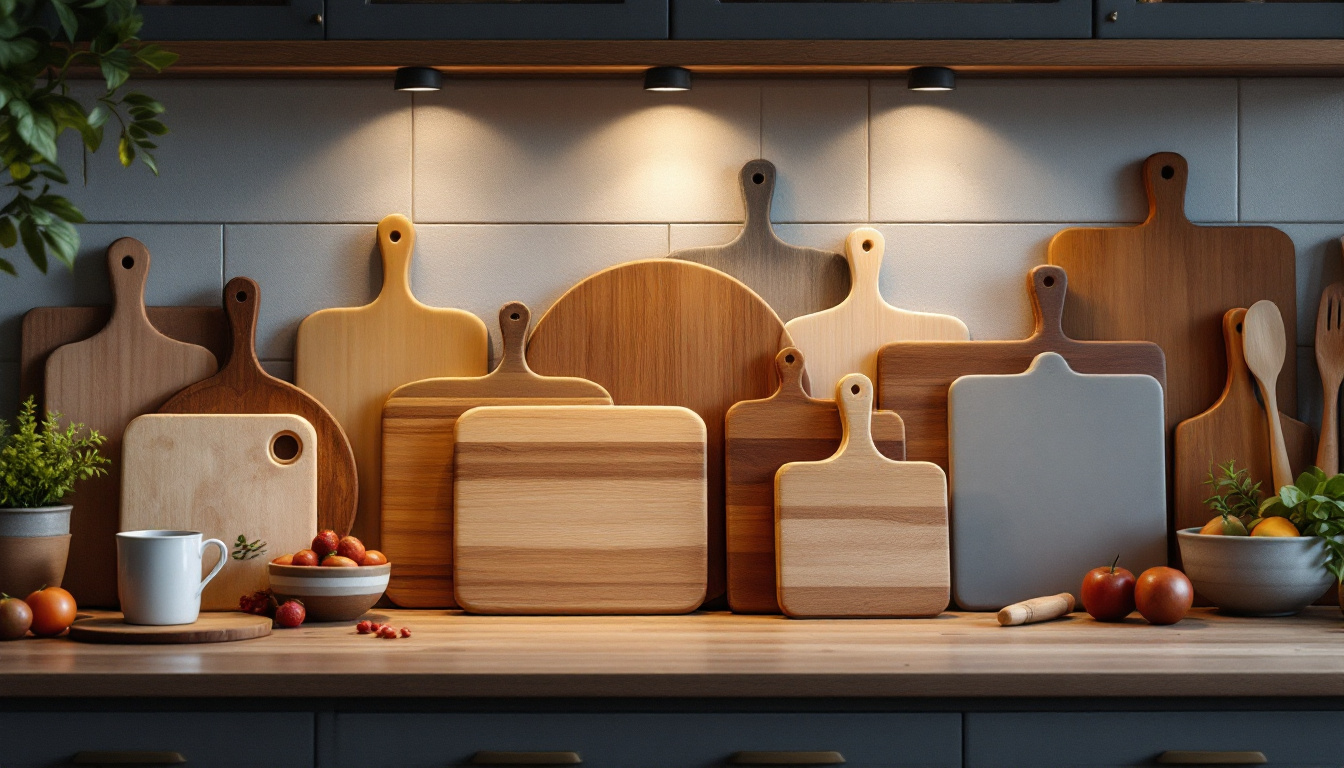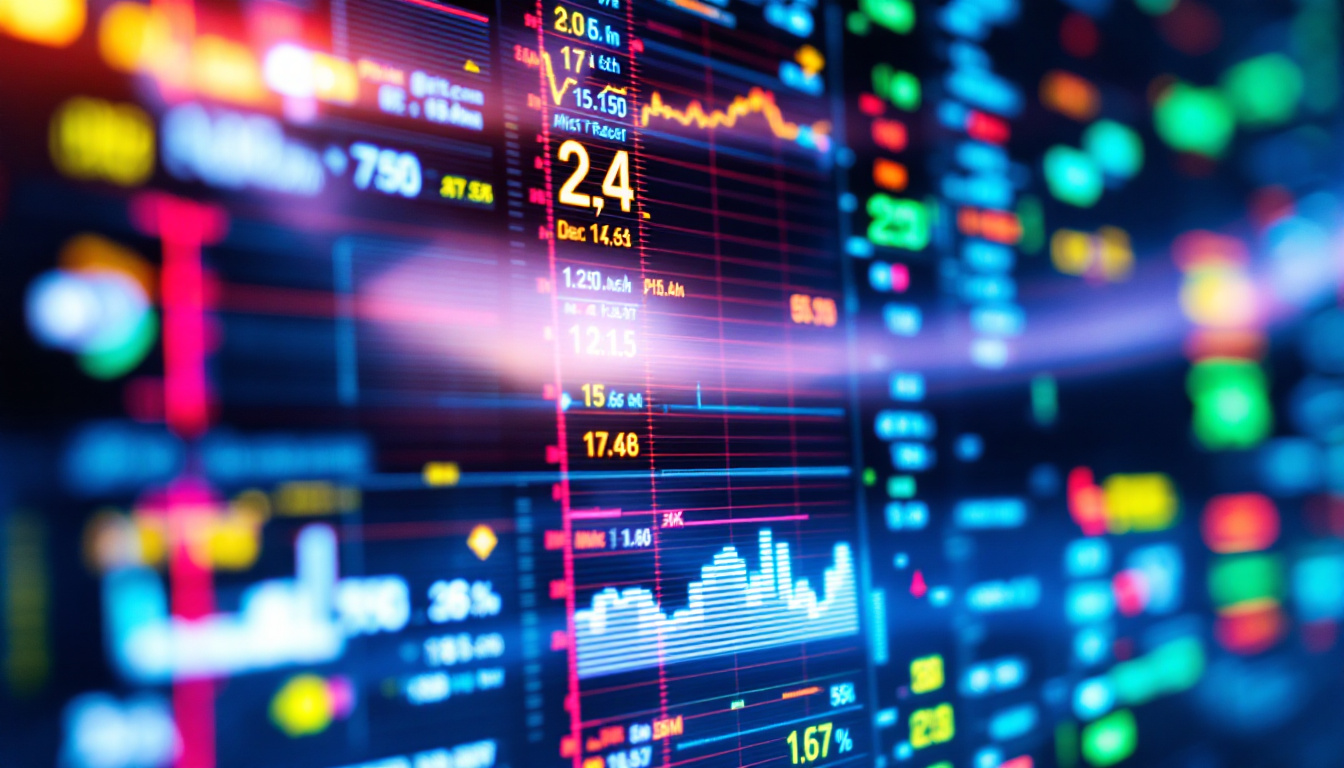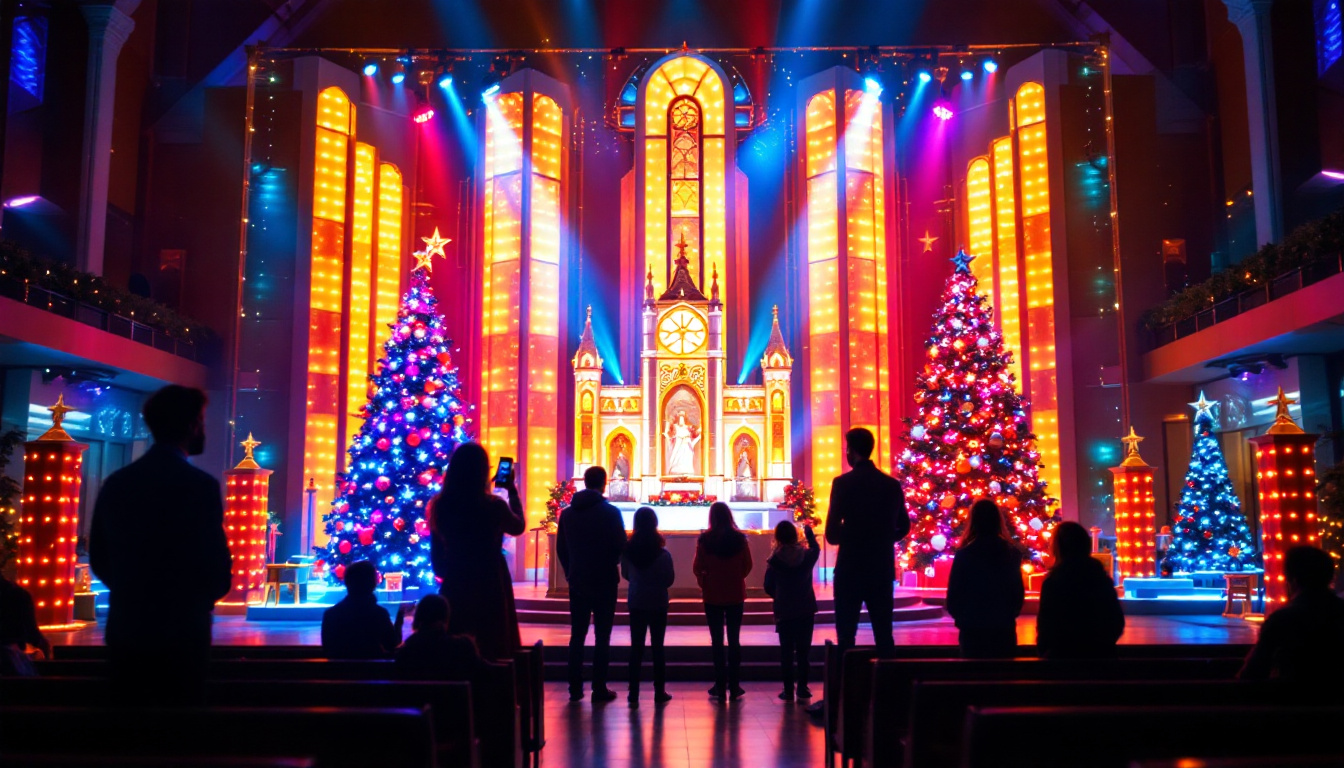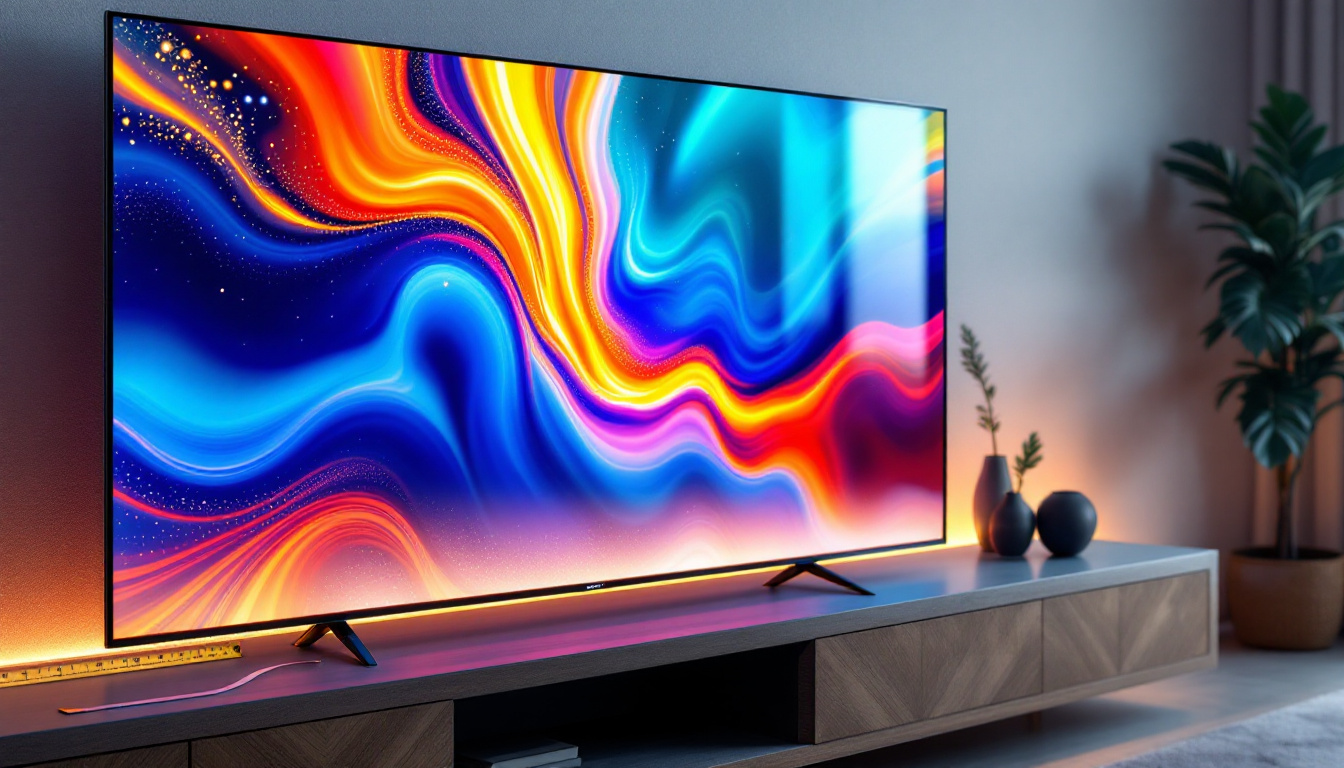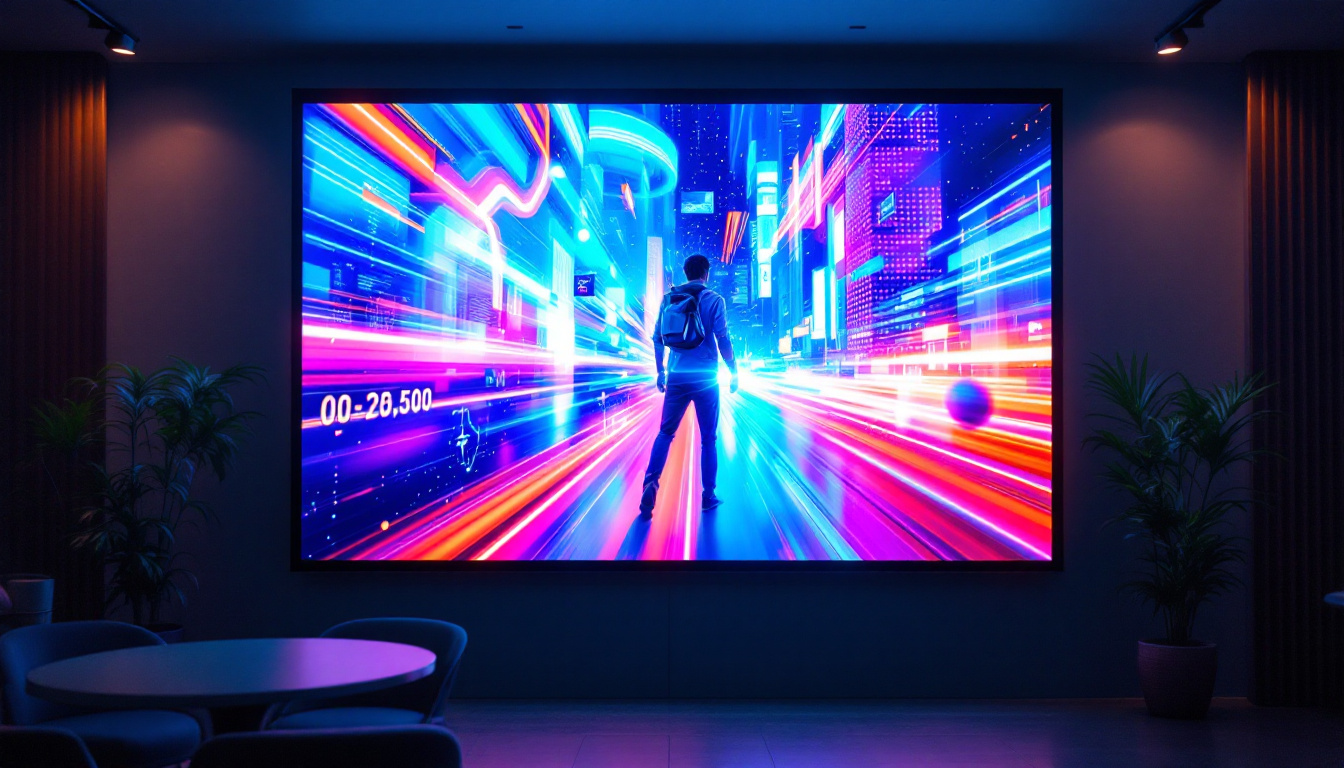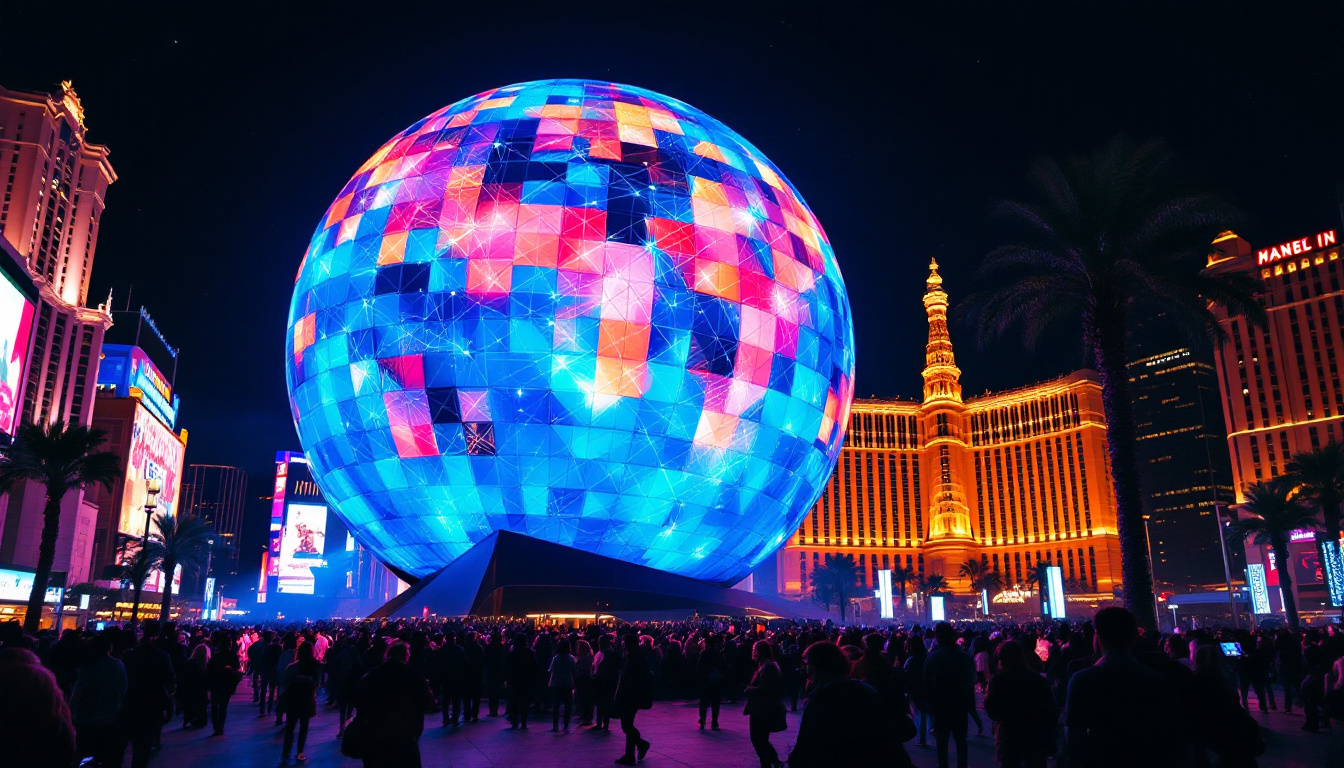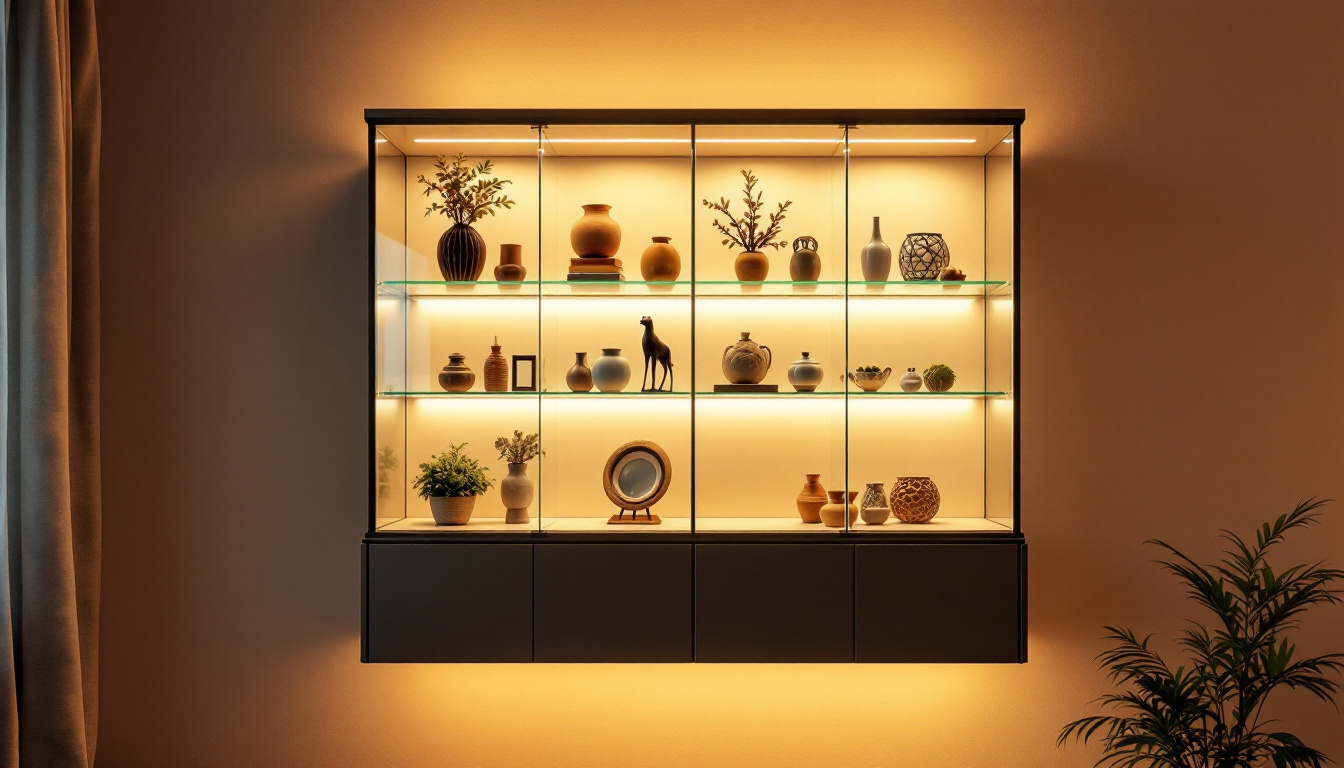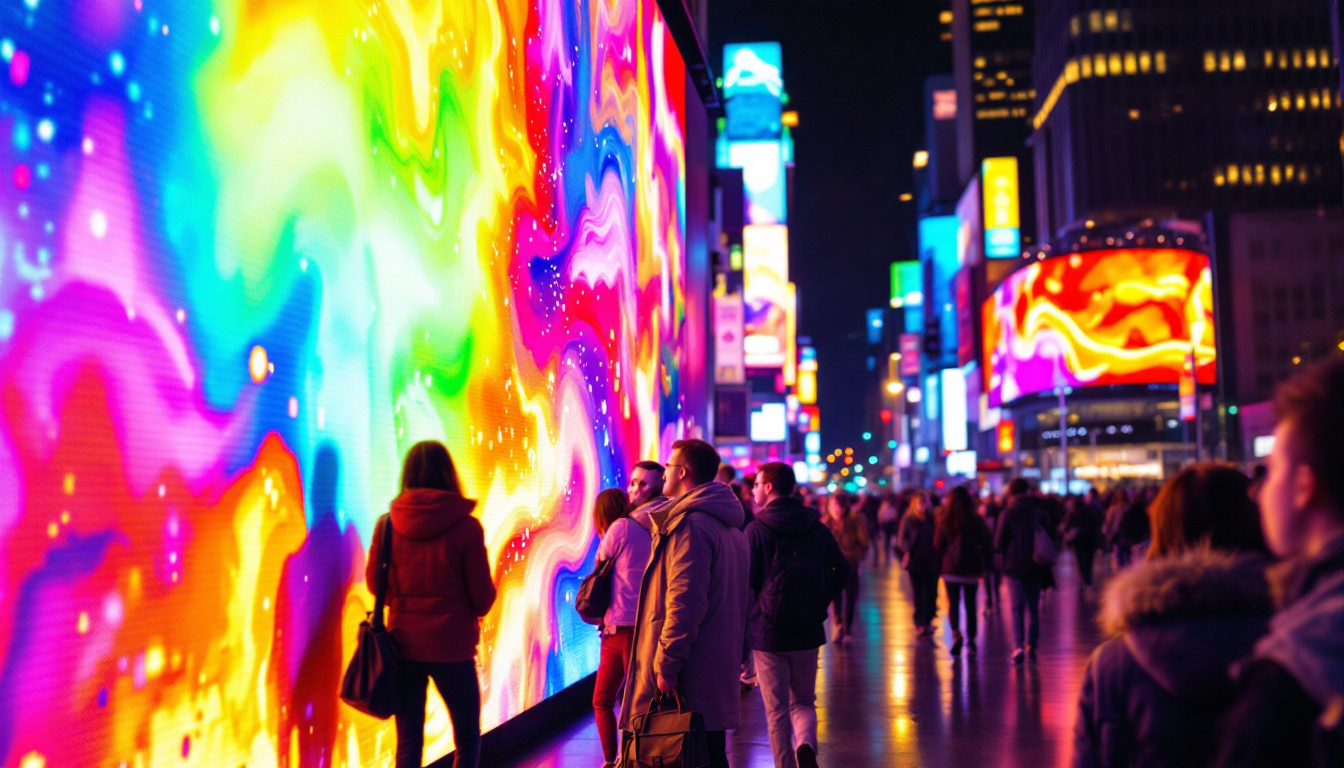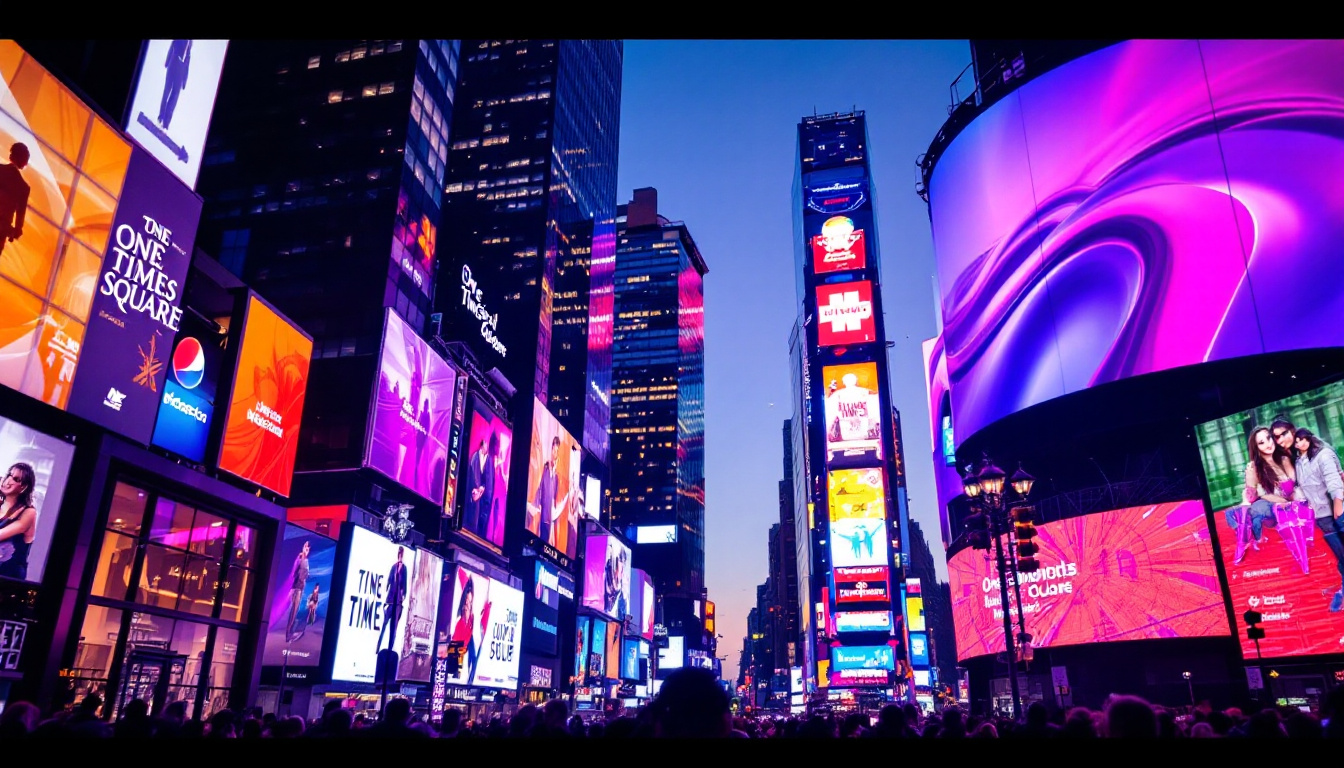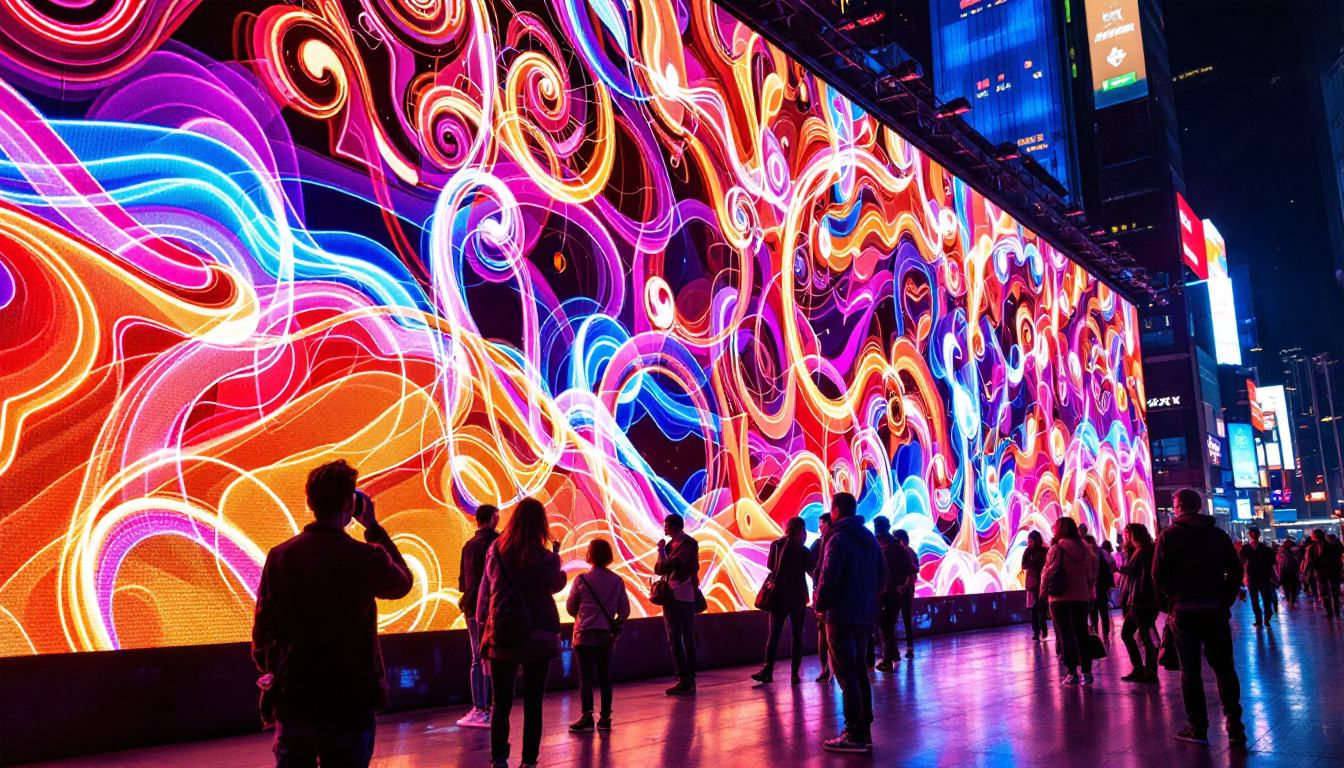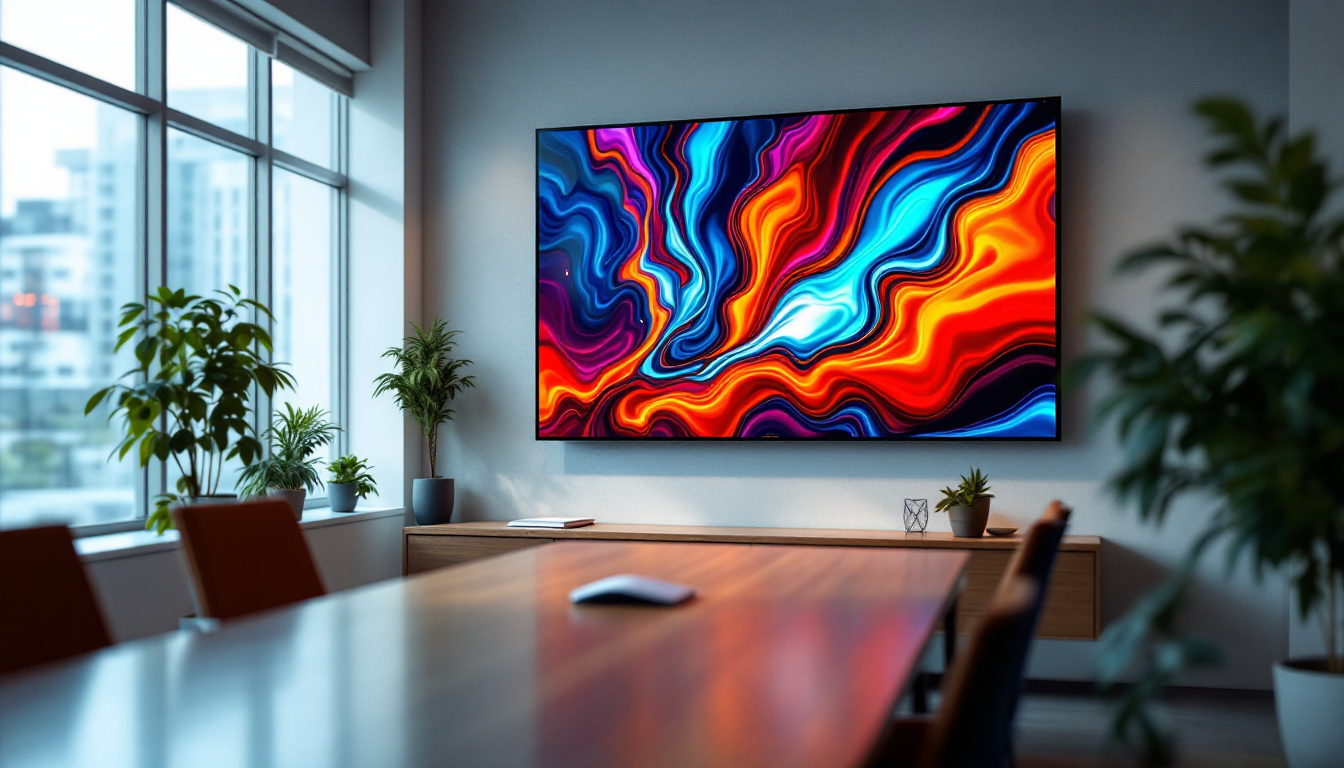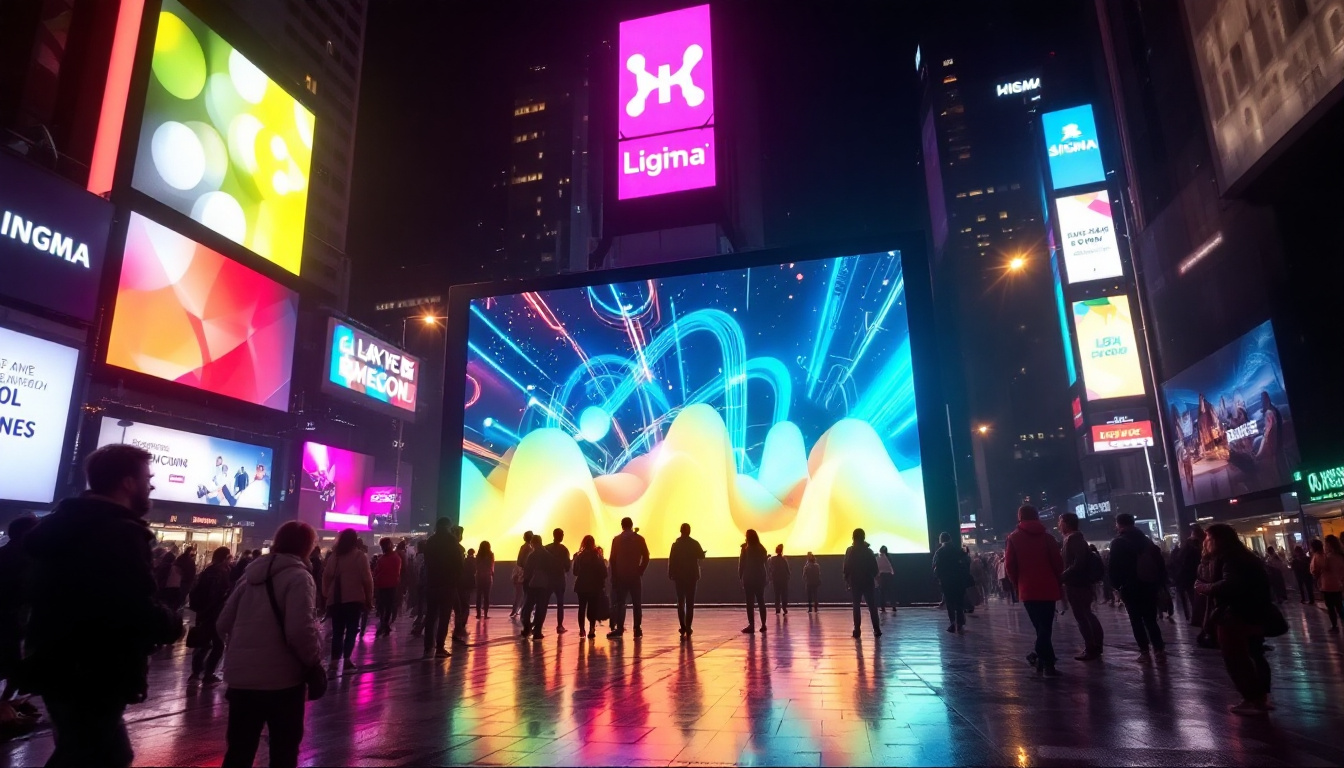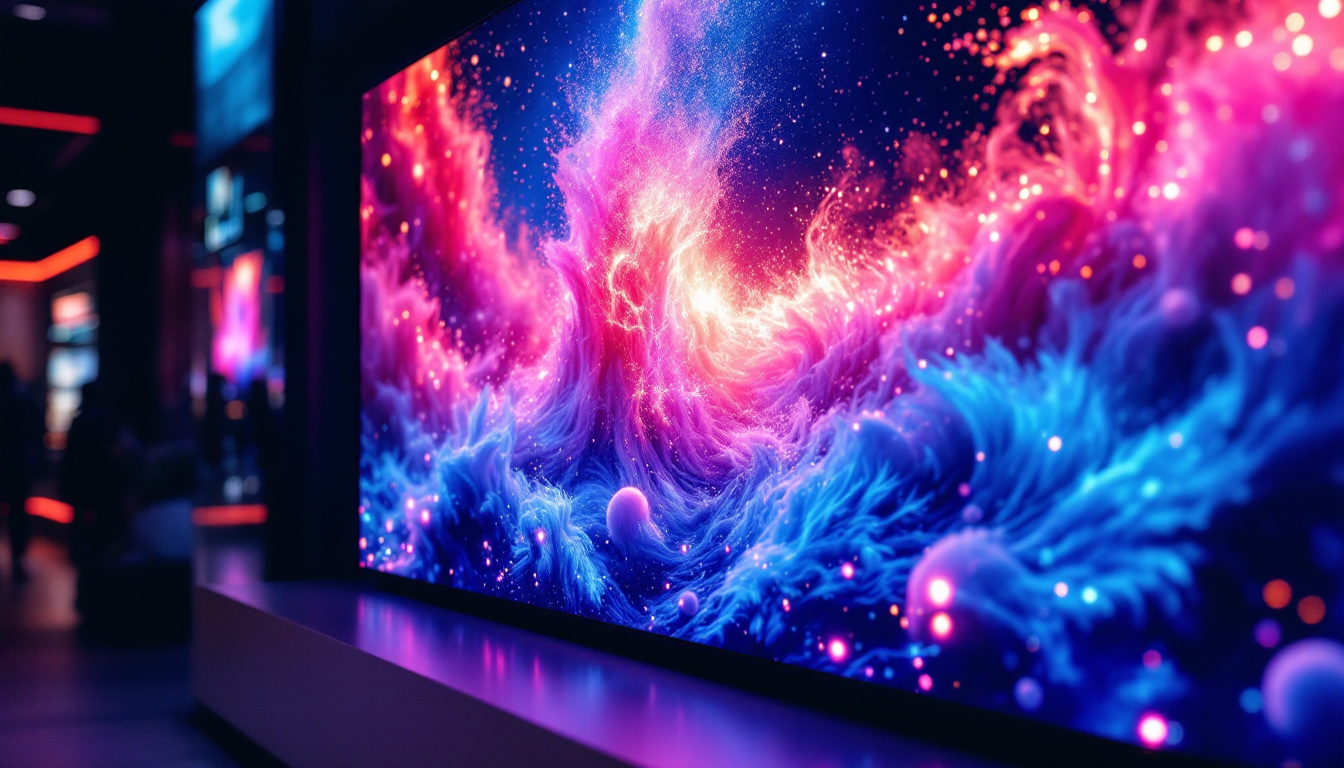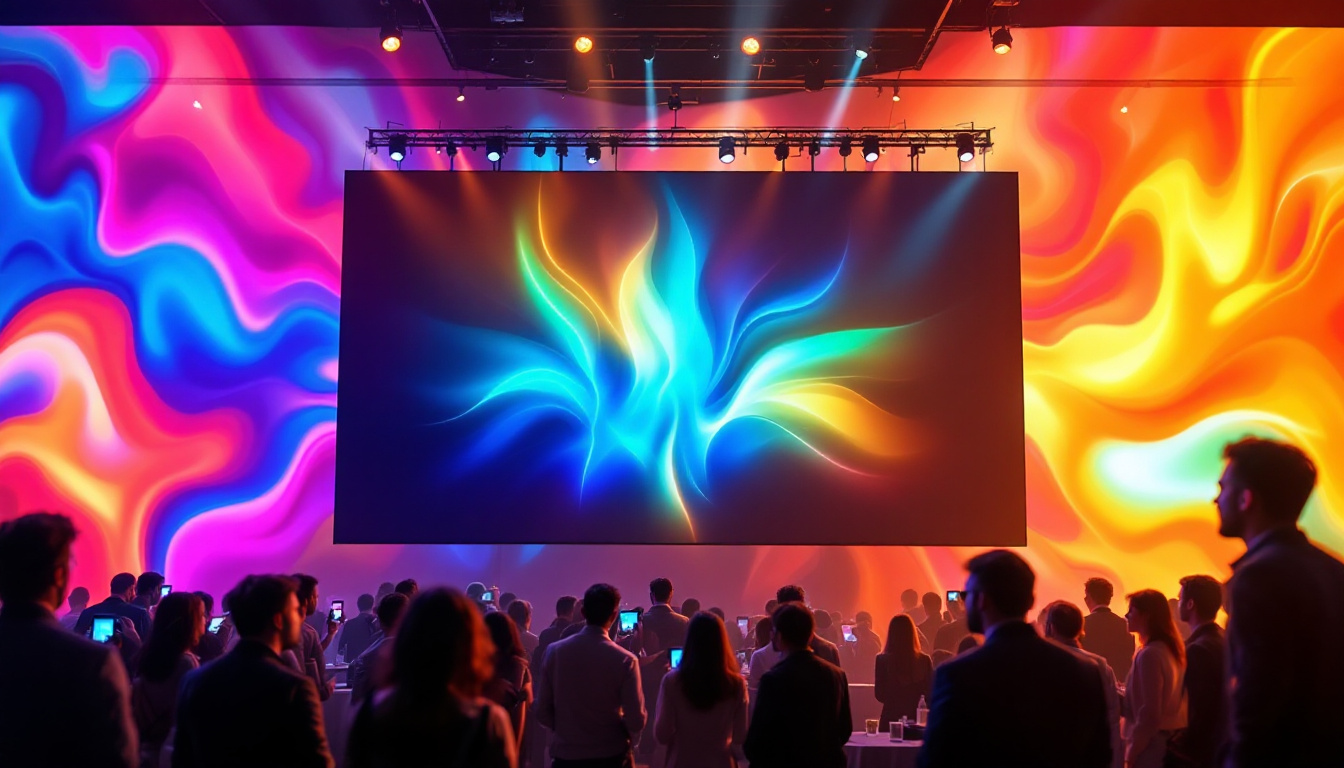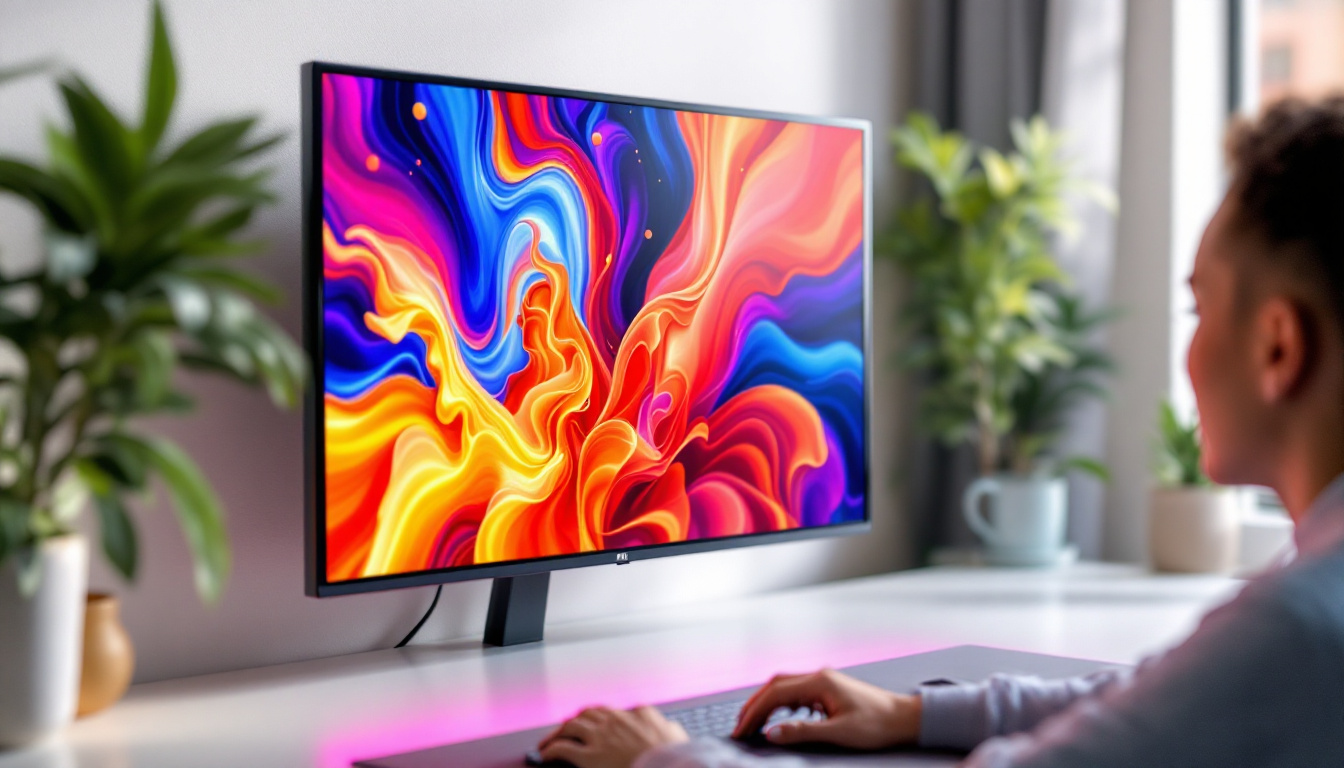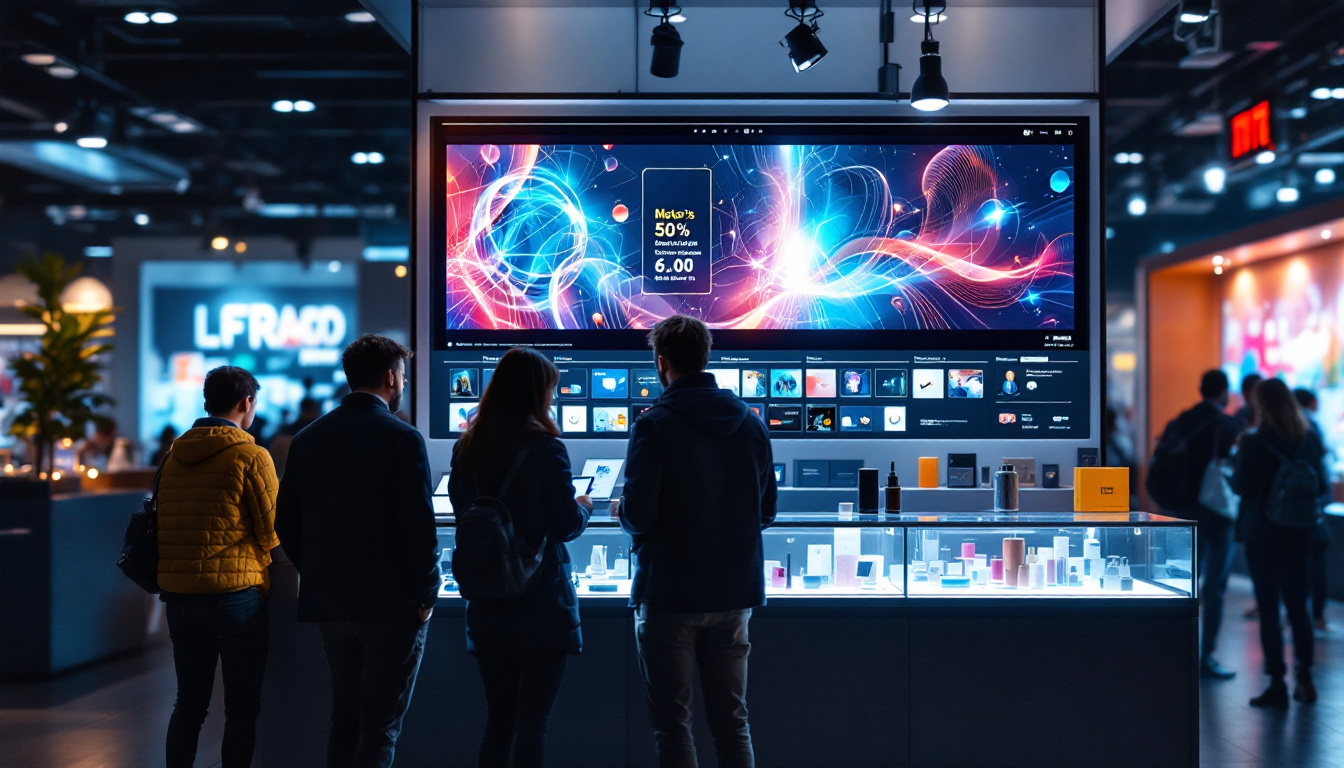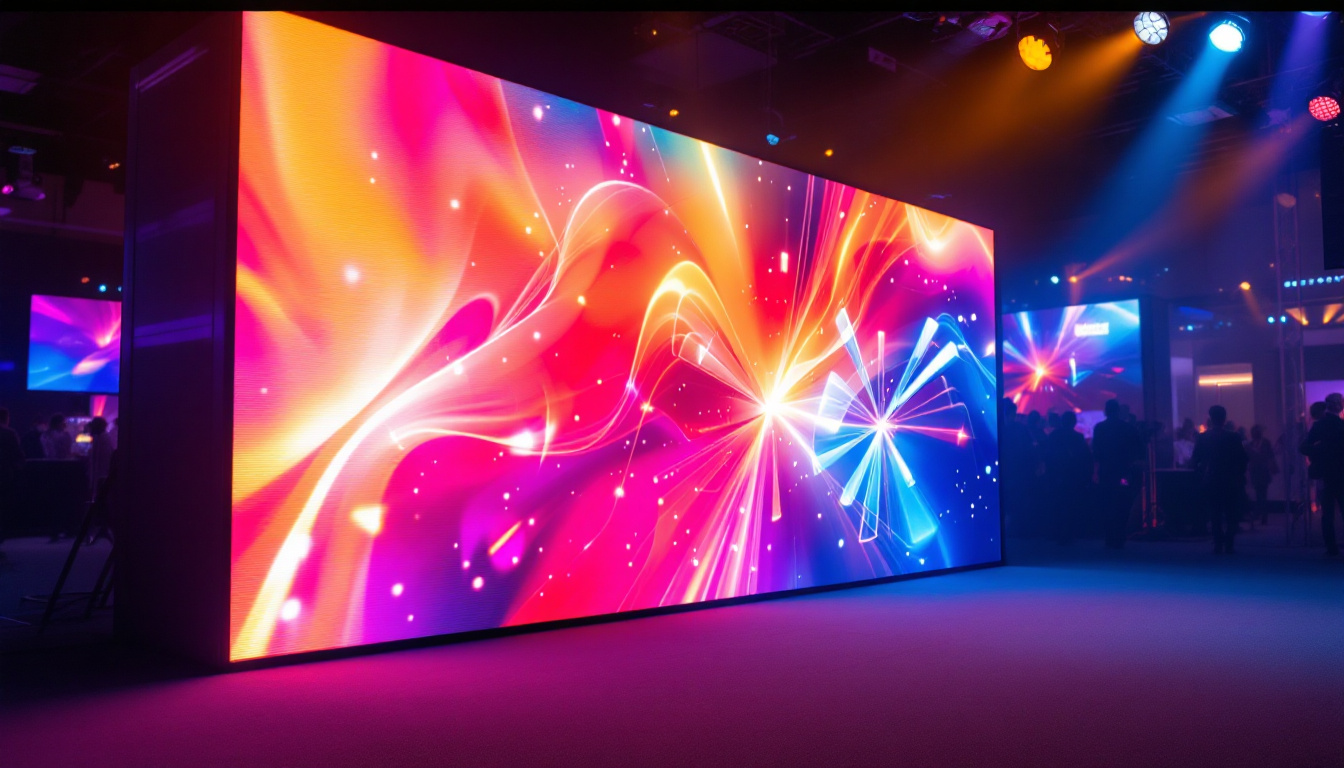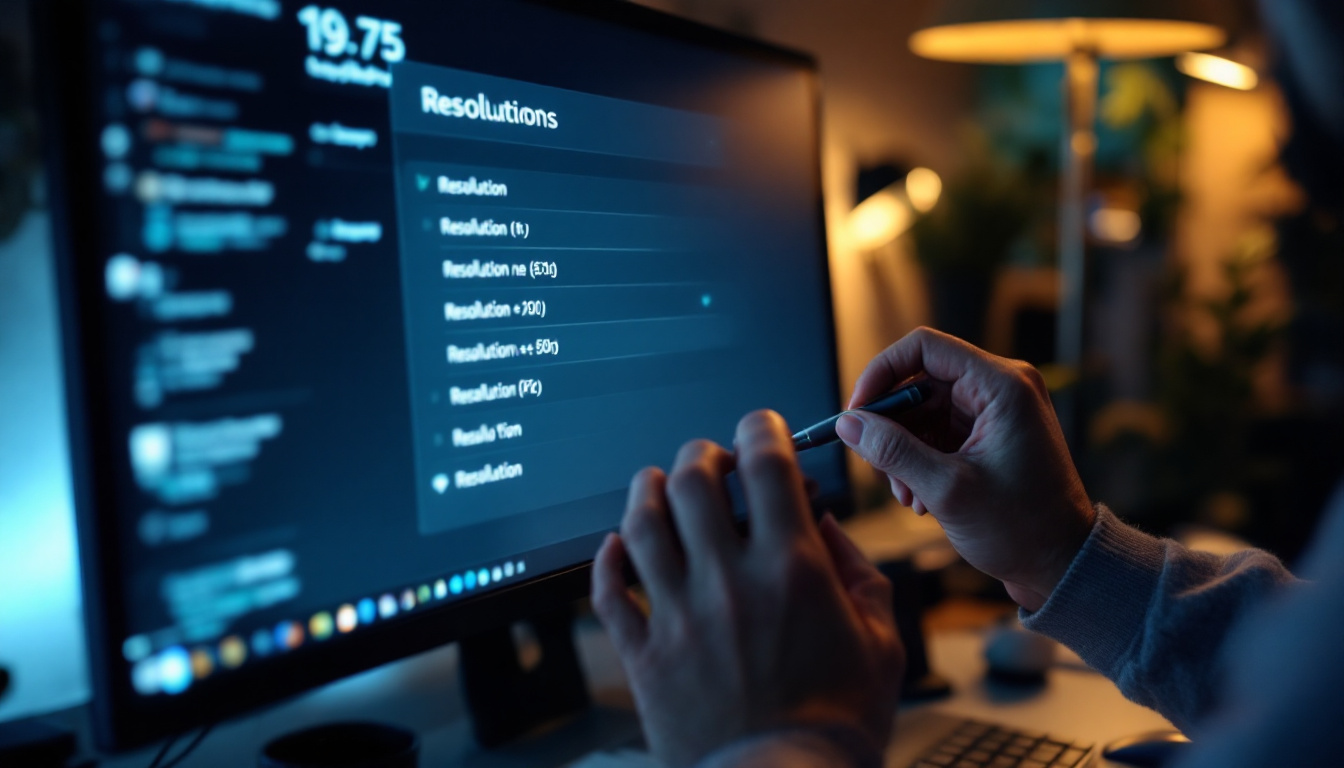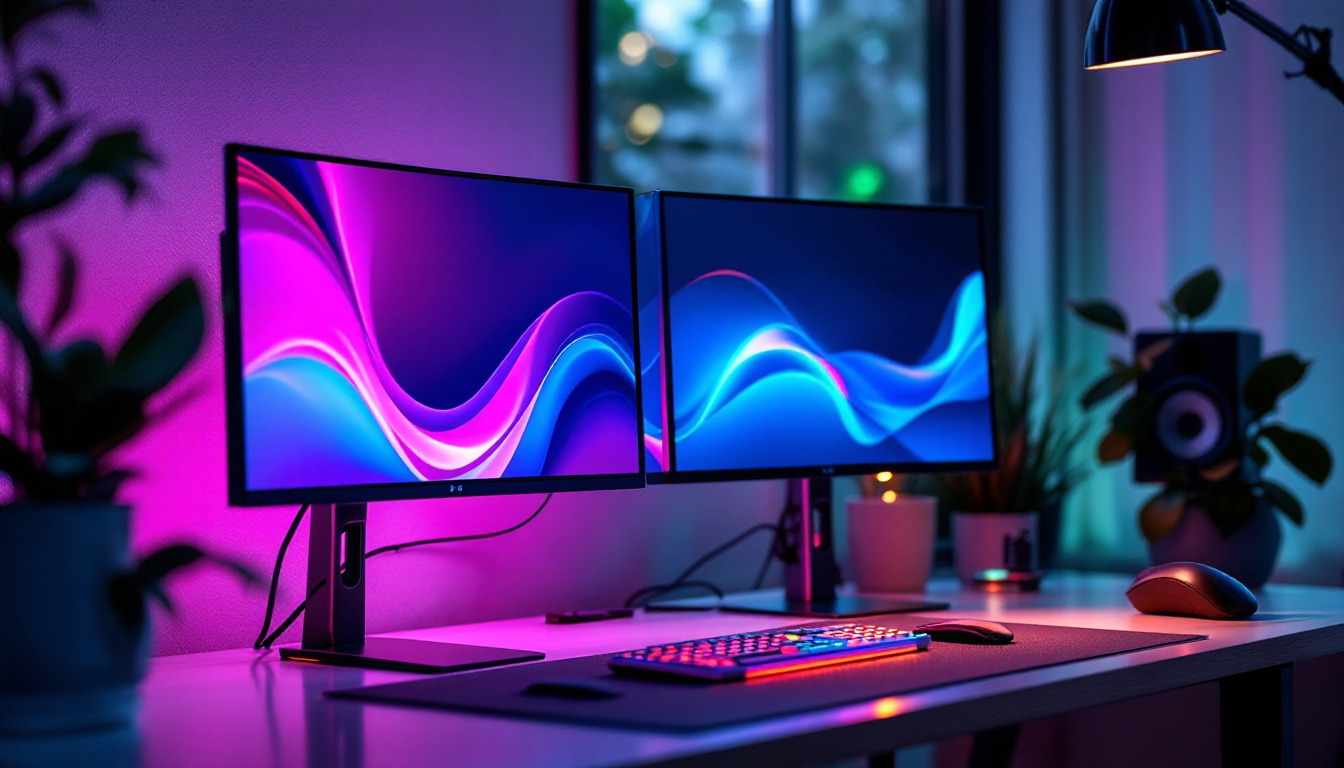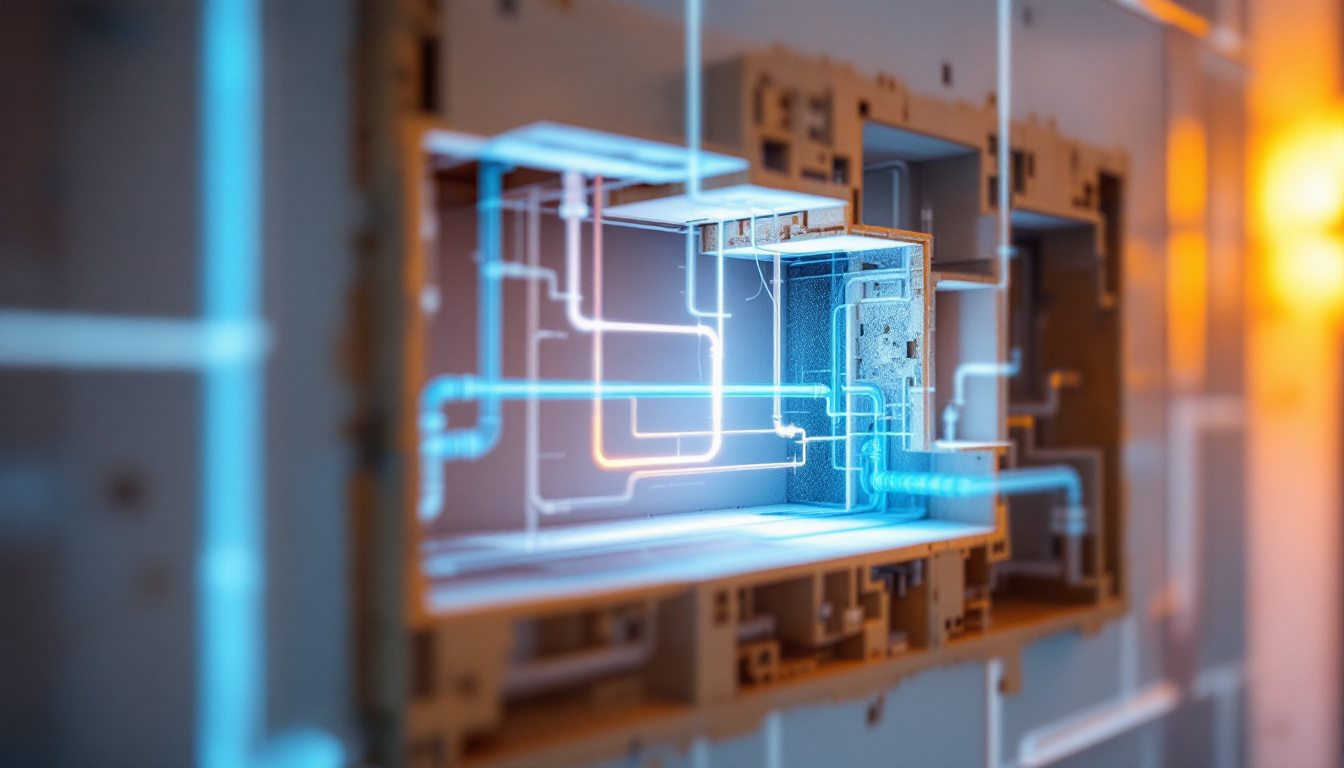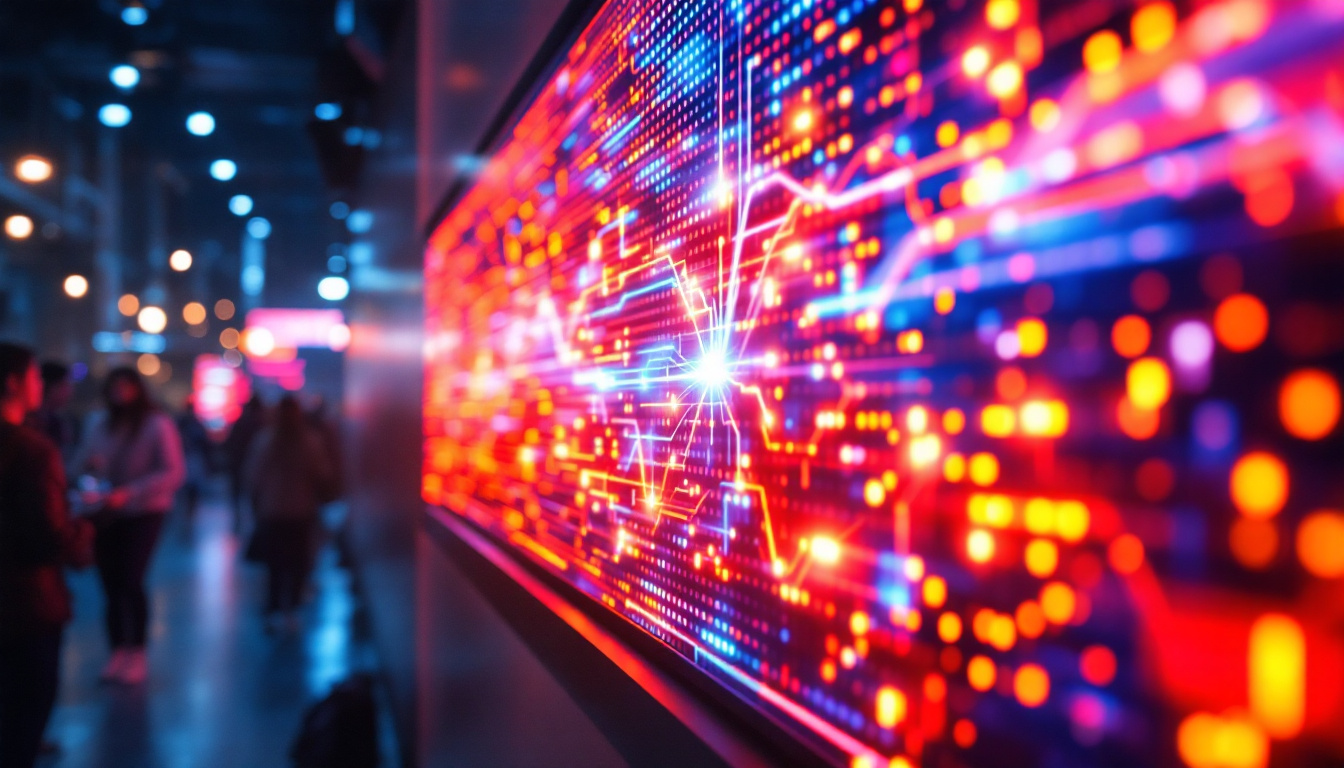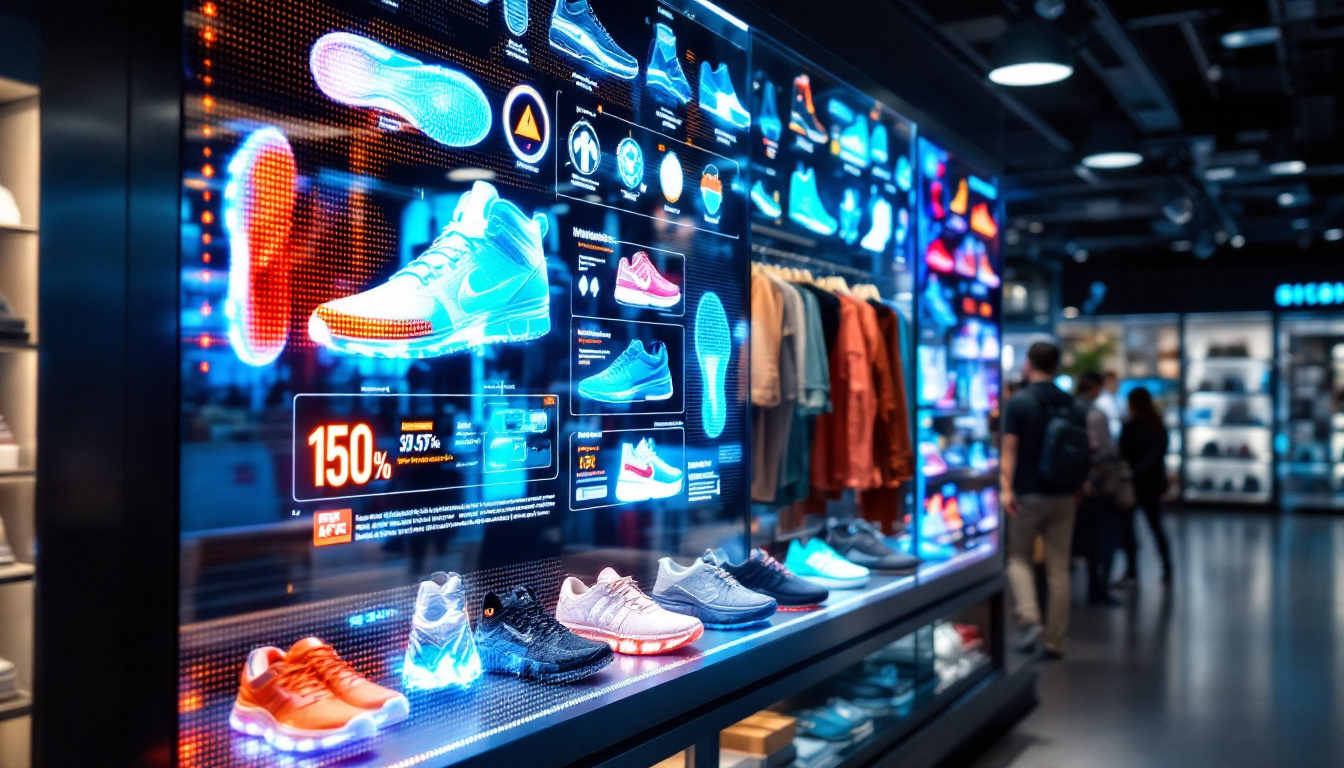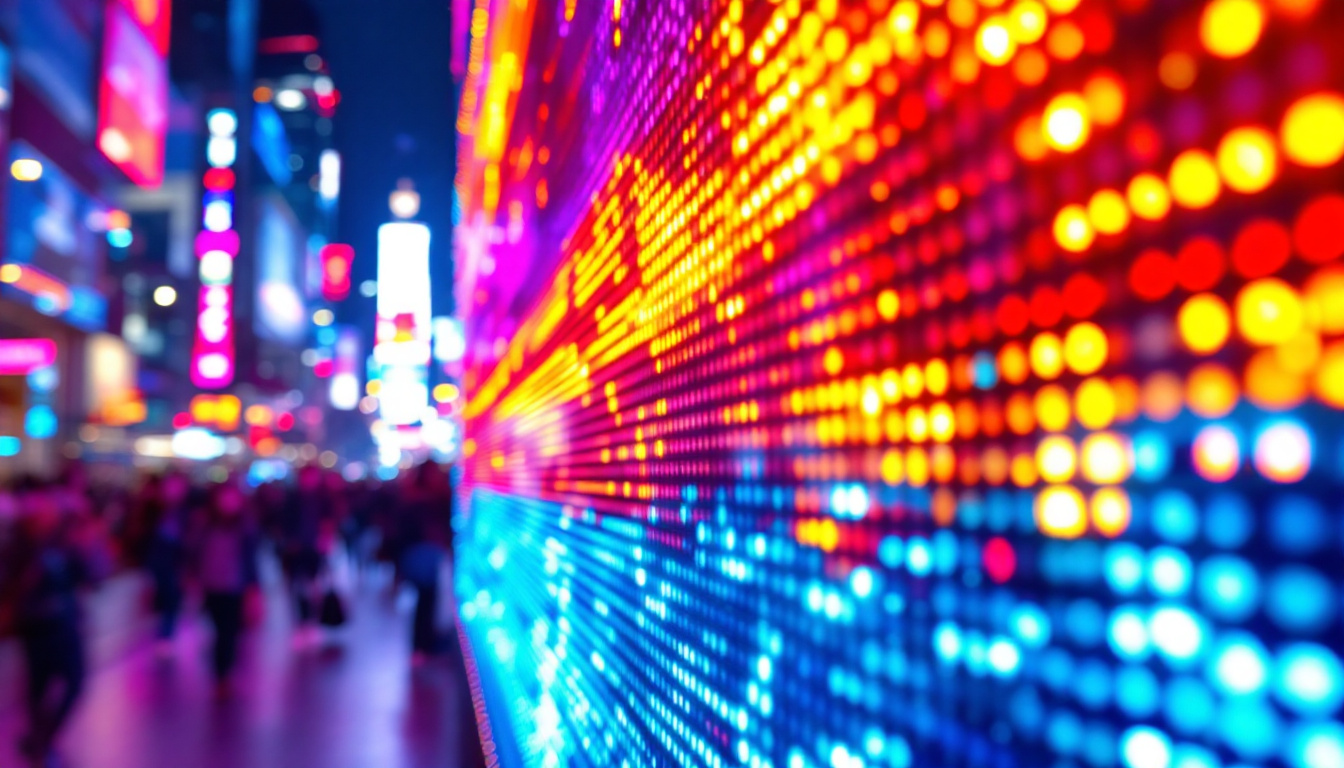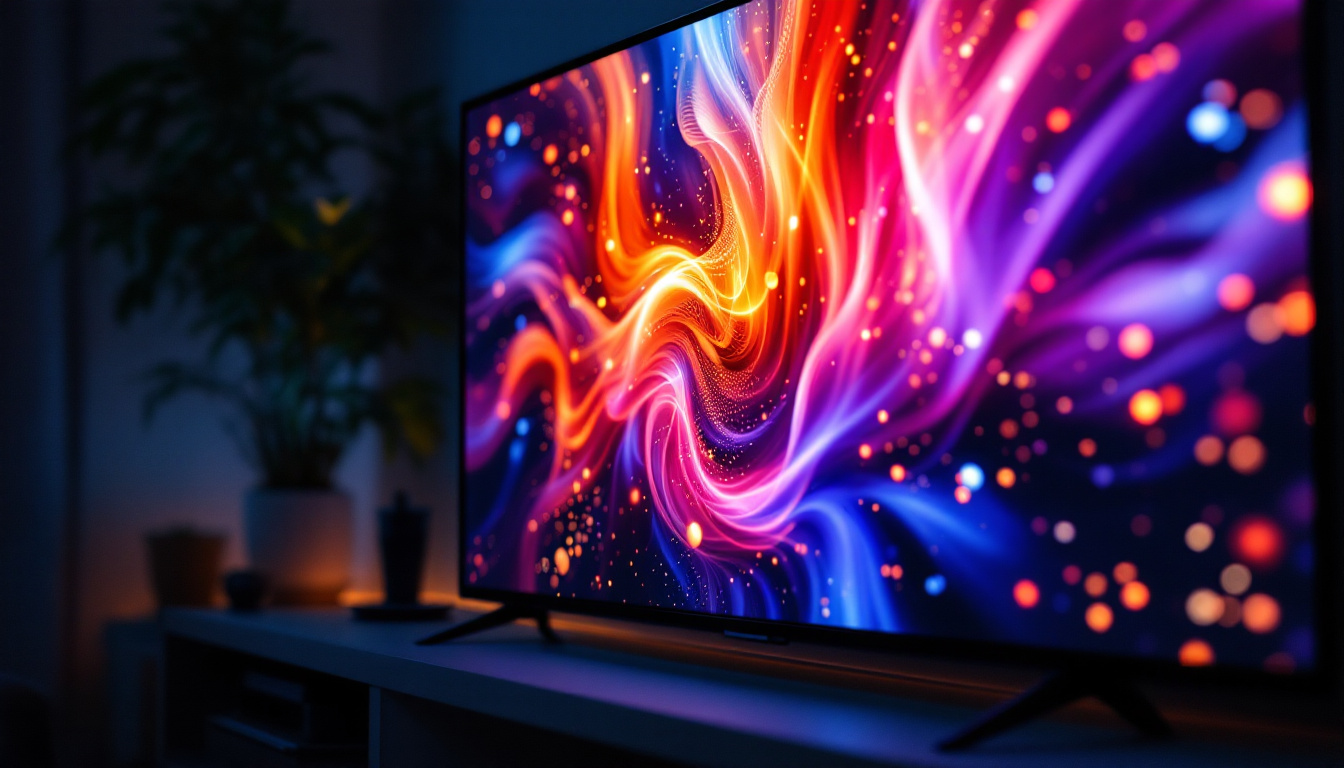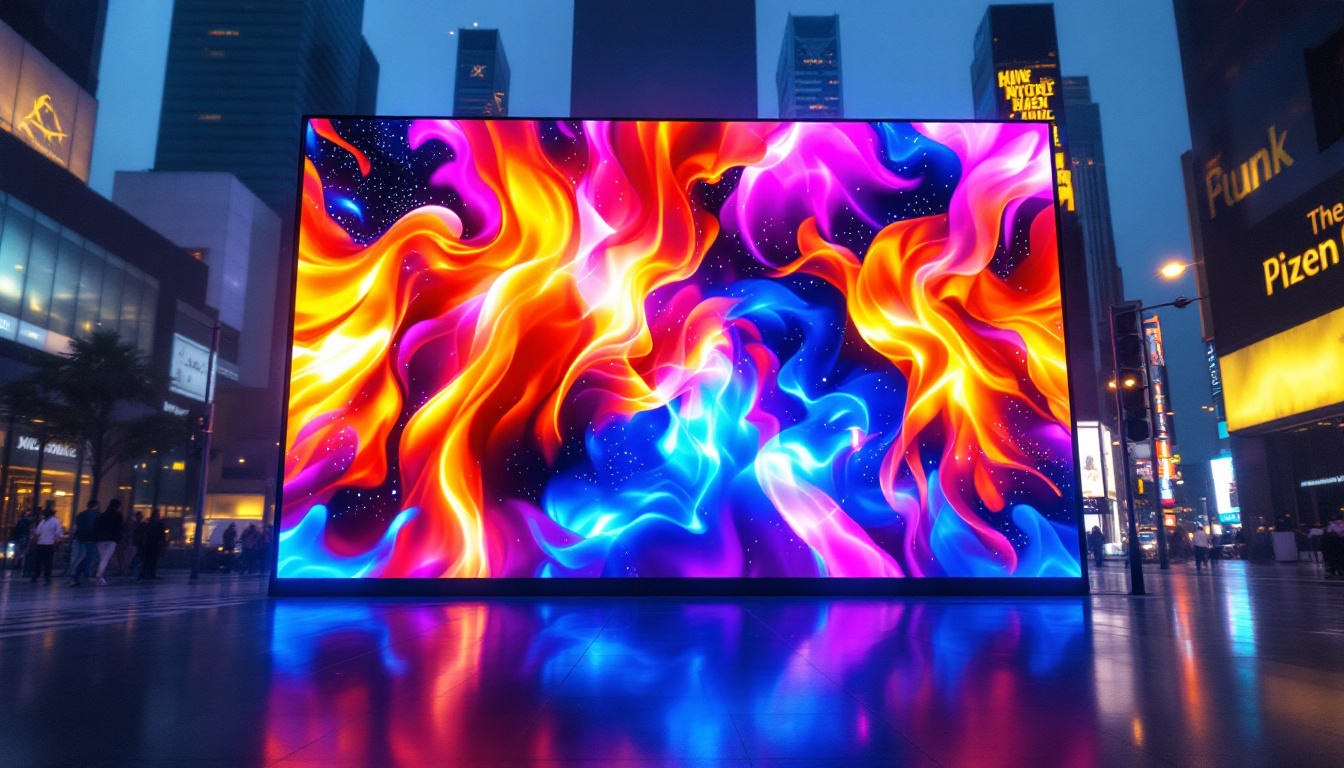In the culinary world, presentation is key. Whether in a bustling restaurant or a cozy home kitchen, the way food is displayed can significantly influence the dining experience. One innovative way to enhance food presentation is through the use of LED displays. This article delves into the various aspects of using LED displays for showcasing cutting boards, exploring their benefits, technology, and design considerations.
The Importance of Display in Culinary Arts
Displaying food effectively is an art form that combines aesthetics with functionality. A well-presented dish can elevate a simple meal into a gourmet experience. In recent years, the integration of technology into food presentation has opened new avenues for chefs and home cooks alike.
Visual Appeal
Visual appeal is crucial in attracting diners. The first impression of a dish often comes from its presentation. A beautifully arranged plate can stimulate the senses and create anticipation. LED displays can enhance this appeal by providing dynamic lighting and visual effects that draw attention to the food. Chefs are increasingly experimenting with color contrasts, textures, and shapes to create a feast for the eyes. For instance, the use of edible flowers, microgreens, and vibrant sauces can transform a plate into a canvas, where each element plays a role in telling a story. Moreover, the psychology of colors in food presentation is fascinating; warm colors like red and yellow can stimulate appetite, while cooler tones may evoke a sense of calm and sophistication.
Enhancing Dining Experience
Beyond aesthetics, an engaging display can enhance the overall dining experience. Interactive LED displays can provide information about the ingredients, preparation methods, or even the story behind the dish. This engagement can create a deeper connection between the diner and the food, making the meal more memorable. Imagine a dish of artisanal pasta served on a plate that changes color to reflect the seasonality of the ingredients used, or a dessert that glows softly, inviting diners to indulge. Such innovations not only captivate the audience but also educate them, fostering a greater appreciation for the culinary arts. Additionally, the rise of social media has made food presentation even more vital, as diners often share their experiences online, making visually stunning dishes a form of marketing in their own right.
Functional Benefits
In addition to visual appeal, LED displays offer functional benefits. They can help in maintaining the freshness of food by providing appropriate lighting that highlights the dish while minimizing heat exposure. Furthermore, LED displays are energy-efficient and can be easily integrated into various kitchen setups. Beyond lighting, the strategic use of displays can also assist in portion control and food safety. By clearly showcasing the ingredients and their origins, restaurants can promote transparency, which is increasingly important to today’s health-conscious consumers. Furthermore, the ability to change displays quickly allows for seasonal menus or special events to be highlighted, ensuring that the dining experience remains fresh and exciting for repeat customers.
Understanding LED Technology
LED (Light Emitting Diode) technology has revolutionized the way we think about lighting and displays. Understanding how this technology works can help in appreciating its application in food presentation.
How LEDs Work
LEDs emit light when an electric current passes through a semiconductor material. This process is highly efficient compared to traditional incandescent bulbs, which waste a significant amount of energy as heat. LEDs are available in various colors and can be combined to create a spectrum of hues, making them ideal for dynamic displays.
Types of LED Displays
There are several types of LED displays, each with its unique features and applications. Common types include:
- LED Panels: These are flat displays that can be used to create large visual backdrops or signage.
- LED Strips: Flexible and versatile, LED strips can be used to outline cutting boards or highlight specific areas of a display.
- Digital Screens: These screens can display animations, videos, or images, providing an interactive experience for diners.
Benefits of Using LED Technology
The benefits of using LED technology in food displays are manifold. Firstly, LEDs are energy-efficient, consuming significantly less power than traditional lighting options. Secondly, they have a longer lifespan, reducing the need for frequent replacements. Lastly, their versatility allows for creative and innovative designs that can adapt to various themes and settings.
Design Considerations for LED Displays
When integrating LED displays into cutting board presentations, several design considerations come into play. The goal is to enhance the food’s visual appeal without overwhelming it.
Color Temperature
The color temperature of the LED lights can dramatically affect how food appears. Warmer tones can enhance the richness of certain dishes, while cooler tones may highlight freshness. It is essential to choose a color temperature that complements the food being displayed, ensuring that it looks appetizing and inviting.
Placement and Positioning
The placement of LED displays is crucial. They should be positioned to illuminate the food effectively without causing glare or shadows. Additionally, the height and angle of the display can influence how diners perceive the food. A well-placed LED display can create a focal point that draws attention to the dish.
Interactive Elements
Incorporating interactive elements into LED displays can enhance the dining experience. For example, touch-sensitive screens can allow diners to explore the dish’s ingredients or learn about the chef’s inspiration. Such features can create a more immersive experience, making the meal memorable.
Practical Applications in Restaurants
Restaurants are increasingly adopting LED displays to enhance their food presentation. These applications can vary from simple enhancements to elaborate setups that transform the dining experience.
Menu Displays
LED displays can be used to showcase menus in a visually appealing way. Dynamic menus can highlight daily specials or featured dishes, enticing diners to try something new. The ability to change the display easily allows restaurants to adapt their offerings based on availability or seasonality.
Food Showcases
Some restaurants use LED displays to showcase food items, particularly in buffet settings. These displays can highlight fresh ingredients, ensuring that diners are aware of the quality and variety available. Additionally, LED-lit food displays can create an inviting atmosphere, encouraging diners to explore the offerings.
Promotional Displays
LED displays can also be leveraged for promotional purposes. Restaurants can use them to advertise special events, discounts, or new menu items. The vibrant colors and dynamic content can capture attention and drive customer engagement.
Home Kitchen Applications
While LED displays are often associated with commercial kitchens, they can also be beneficial in home settings. A well-designed LED display can enhance the cooking and dining experience for home chefs and their guests.
Personalized Displays
Home cooks can create personalized LED displays to showcase their culinary creations. This could involve using LED strips to outline cutting boards or integrating digital screens that display recipes or cooking tips. Such displays can add a touch of sophistication to home dining experiences.
Event Hosting
For those who enjoy hosting dinner parties or special events, LED displays can elevate the ambiance. By using LED lighting to highlight food presentations or create thematic displays, hosts can impress their guests and create a memorable atmosphere.
Educational Opportunities
Home kitchens can also benefit from educational LED displays. For instance, screens can be used to display cooking tutorials or ingredient information, helping home cooks improve their skills and knowledge. This integration of technology can make cooking more accessible and enjoyable.
Challenges and Considerations
Despite the numerous benefits of LED displays, there are challenges and considerations to keep in mind when incorporating them into food presentation.
Cost Implications
One of the primary challenges is the initial cost of installing LED displays. While they can save money in the long run due to their energy efficiency and longevity, the upfront investment can be significant. Businesses must weigh the potential return on investment against the initial expenditure.
Maintenance and Upkeep
LED displays require regular maintenance to ensure they function optimally. Dust and grime can accumulate, affecting the quality of the display. Regular cleaning and occasional servicing may be necessary to keep the displays in top condition.
Overwhelming the Presentation
Another consideration is the risk of overwhelming the food presentation with excessive lighting or distracting displays. The goal should always be to enhance the food, not overshadow it. Striking the right balance between display and dish is essential for effective presentation.
Future Trends in LED Displays for Culinary Arts
The culinary world is constantly evolving, and LED display technology is no exception. As advancements continue to be made, several trends are emerging that could shape the future of food presentation.
Smart Displays
Smart technology is becoming increasingly integrated into various aspects of our lives, and food presentation is no different. Future LED displays may incorporate smart features that allow for real-time adjustments based on factors such as ambient light or the type of food being displayed. This adaptability could enhance the overall presentation quality.
Sustainable Practices
As sustainability becomes a priority in the culinary industry, LED displays are likely to evolve to become even more eco-friendly. Innovations in materials and technology could lead to displays that are not only energy-efficient but also made from sustainable resources.
Interactive Dining Experiences
The future of dining may see an increase in interactive experiences facilitated by LED displays. From augmented reality features that allow diners to visualize the preparation process to interactive menus that engage customers, the possibilities are endless. Such innovations could redefine how food is presented and experienced.
Conclusion
In summary, LED displays offer a unique and innovative way to enhance food presentation, whether in restaurants or home kitchens. By understanding the technology, design considerations, and potential applications, chefs and home cooks can create visually stunning displays that elevate the dining experience. As technology continues to advance, the possibilities for LED displays in the culinary arts are boundless, promising exciting developments for the future.
Illuminate Your Culinary Creations with LumenMatrix
Ready to take your food presentation to the next level? Discover how LumenMatrix’s advanced LED display technology can transform your culinary displays into mesmerizing visual experiences. From indoor and outdoor settings to custom and interactive solutions, LumenMatrix offers a wide array of LED display modules that cater to your creative needs. Elevate your dining atmosphere and captivate your guests with vibrant, energy-efficient displays that tell your food’s story with brilliance and clarity. Check out LumenMatrix LED Display Solutions today and start crafting unforgettable visual narratives for your dishes.

